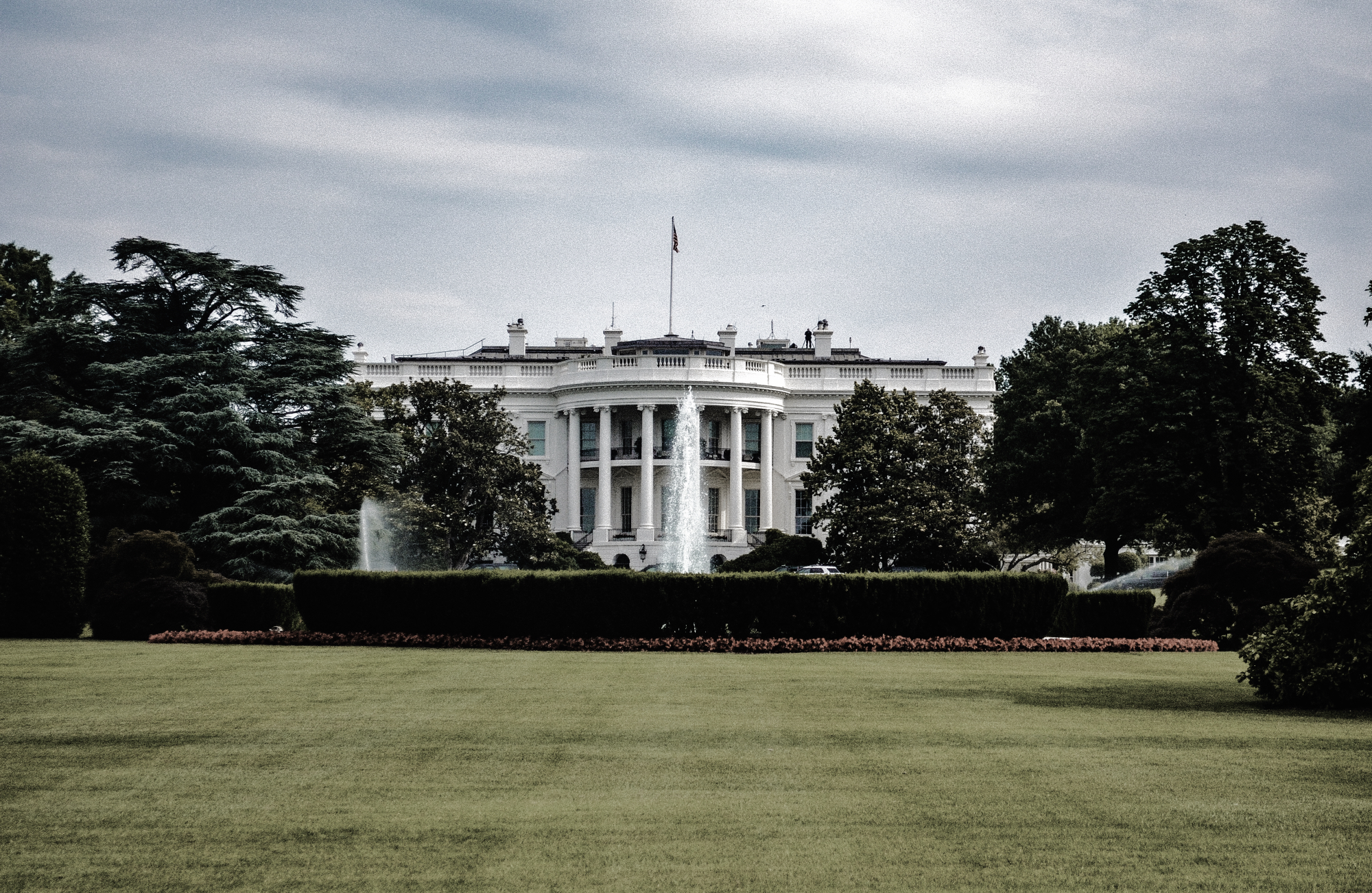Black and Missing: Resources, Support, and Finally Girls
Chandra White-Cummings, Managing Editor
If you’re Black and on social media, you have no doubt seen the tweets sounding the alarm about a recent cluster of black girls who have been reported missing from the D.C. area. Except for one of the missing girls—who we now know was located at an unnamed adults’ residence—not much background has been disclosed about the girls’ disappearances: possible reasons why, locations last seen. When we hear of black women missing, the instinctive thought is that trafficking, kidnapping, and/or gang activity is involved, and maybe that’s true. But is it possible that some of these girls really have left voluntarily, without forcible taking being involved? Is it possible that they left because of the lure of a potential romantic relationship which very likely could ultimately result in trafficking? Or could any of them have needed to escape the traumatic stress and pressure of their environments, even if just for a little while? If either of these reasons is true, does it make their disappearance any less urgent and their recovery any less vital? No, just the opposite.
D.C. mayor Muriel Bowser has announced the creation of a task force to address missing children. Her approach thus far seems to emphasize children who would be classified as runaways. Named initiatives include: identifying advocacy and community-based organizations that work with runaways and provide them with greater support; creating and promoting the 800-RUNAWAY hotline and website for youth and their parents/guardians; and increasing the number of police officers assigned to the children and family services division. Her approach reflects recognition of a complex set of factors that are very likely involved when young black girls disappear.
D.C. can be a tough place for anyone not connected to the bright lights and privileged existence of its elites, especially African American girls trying to navigate school where they might be invisible when it comes to support and guidance but overly scrutinized when it comes to discipline and punishment. Disappearances often occur when or close in time after school is in session. What kind of education environment are they facing? The D.C. Public Schools (DCPS) Equity Report for the 2015-2016 school year reports that black students had the second lowest in-seat attendance rate of all demographic groups (89.3%), but the second highest rate of suspension, at 11%. Females represented 6.5% of total suspensions. The report doesn’t measure sub-sub groups like black females but national reports like African American Policy Forum’s Black Girls Matter: Pushed Out, Overpoliced and Underprotected have highlighted the plight of black girls in the educational and juvenile justice systems. And there is an effort underway to change how data is reported so that needed attention can be focused on the educational needs of black girls.
In December 2015 the White House Initiative on Education Excellence for African Americans held the African American Women Civic Leaders Educational Policy Briefing. The agenda was the creation, collaboration, and coordination of a national blueprint to focus on black girls in education. Monique Morris states in her Ebony.com article covering the briefing:
From interrupting school to confinement pathways…to preventing campus-based sexual assault, African American female students are in need of a remedy to the negative effects of society’s mischaracterizations of Black femininity, particularly in schools.
Mirroring the focus on black men and boys of former President Obama’s My Brother’s Keeper program, DCPS in 2015 launched its Empowering Males of Color Initiative with a commitment of $20 million over three years to improve educational outcomes for its black male students. To date, no such program has been created for black female students.
Another key to the wellbeing of D.C.’s black women and girls is housing security and availability. Relisha Rudd, who disappeared at eight tender years of age, was living with her mother at a homeless shelter at the time she was reported missing. The 2016 Metropolitan Washington Council of Governments annual survey found that homelessness increased 20% that year and that 68% of the metropolitan areas homeless population is in D.C. A 2016 Washington Post story reported that for the first time ever, the number of homeless kids and parents outnumbered the number of homeless single adults. Housing support is as complex as maintaining housing, but any efforts aimed at addressing missing girls must also address their vulnerable families.
Now that the light has been shined more brightly on the issue of missing black women and children, it’s time for measured decisive, and thoughtful action. In the meantime, for those families caught in the nightmare experience of a loved one disappearing, there are effective resources available to work through the search and recovery process. Two national organizations, recognizing the media coverage and law enforcement investigation disparities for missing persons cases involving people of color, offer guidance and information. Black and Missing But Not Forgotten (BMBNF) offers a tips heat, What to Do if Someone Goes Missing, which includes advice on where to look for the person, what description of the person you should be prepared to give the police, and who besides police can be asked to help find the loved one. Similarly, the Black and Missing Foundation, Inc. provides a Missing Persons Checklist and a link to the Department of Justice publication, A Family Survival Guide.
Absent from these resources, though, and absent too from initiatives to address the problem of missing people of color, is identification and inclusion of mental health supports and resources.
Every child who disappears should automatically receive the benefit of a mental/emotional heath screening with interpretation of results by a licensed mental health practitioner. Family therapy and counseling should also be offered to the family. An aftercare program similar to what’s provided to sexual trafficking victims is needed, with a care-centered, not perpetrator- minded focus.
Ourselves Black will follow this story and provide updates on issues involved.




